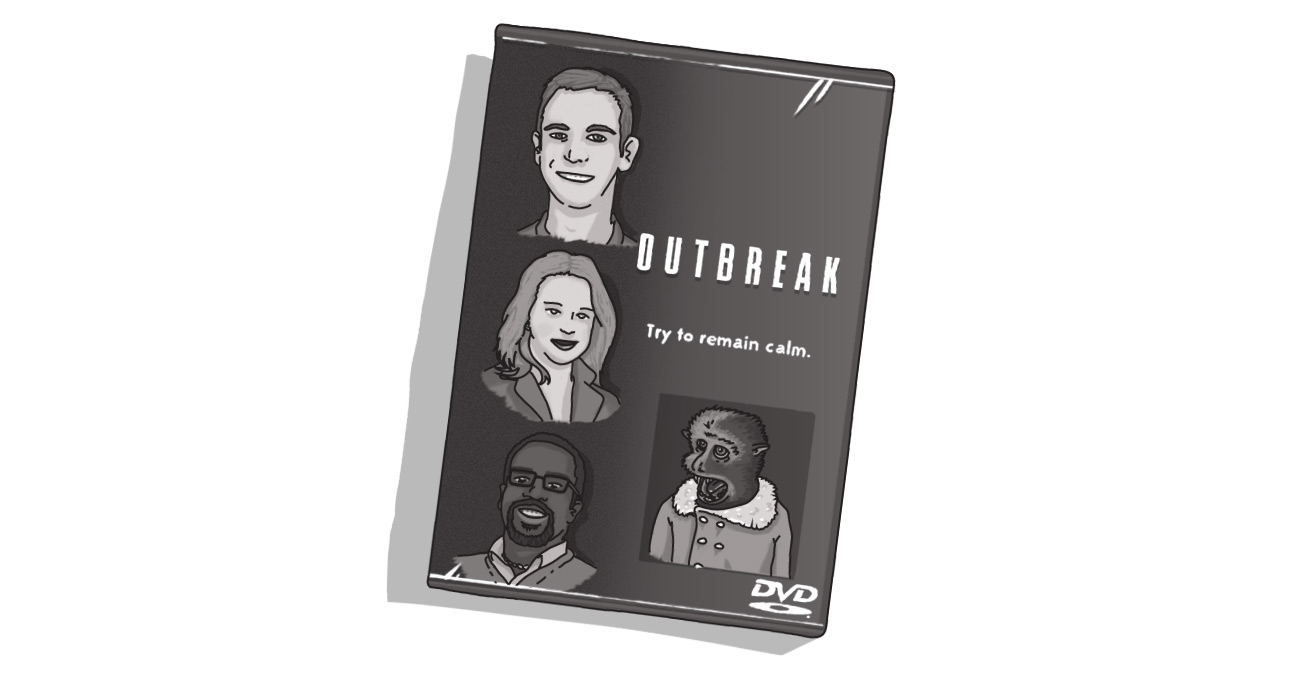Be Good at Bearing Bad News

It’s easy to share good news. Everyone loves to say it and you know it’s generally going to be well received. But how you, as a business, handle bad news is the true test of your communication efforts.
How much or how little information you share can be a challenge for any organization. But from public health institutions to private businesses, the responsibility to share bad news is one that’s about more than just a “best practices” ideal – it’s a moral and ethical obligation.
This time of year, we often hear about influenza outbreaks. Whether it’s at nursing homes, hospitals, or even on larger scales, it’s an issue that can literally be life and death in nature. Although it shouldn’t be this way, there’s a fine line between public perception of information and fear-mongering. It behooves any organization to come up with a plan and know how to implement it.
And this isn’t restricted only to the medical industry (although I’m going to use a recent example to illustrate how sharing this type of information can be done well). Restaurants dealing with a potential e. coli outbreak, grocery stores with a hepatitis A scare… Bad things can happen to good people – but effective, controlled dissemination of information can make or break your business.
So how do you deal with negative information? Follow the Five Ws (and one H).
Last week, the London Health Sciences Centre in conjunction with the Middlesex-London Health Unit, issued a press release that was picked up by local media regarding an Alert Level Two Outbreak for Influenza A at the hospital. And the release covered all six -- and, in doing so, gave the readers everything they needed.
Who? How many people has this affected? Is there a specific type of person more at risk (infirm, immunocomprimised, etc.) The LHSC and MLHU specified in its alert that the affected area was Zone D400, level 7, the Medicine Inpatient unit. By explaining, very clearly, where this situation happened, you afford people the respect of informing them. It removes the “Could it be me?” questioning?
What? What is the disease? What is the delivery mechanism? Very clearly, and in plain language, explain what the situation is and be as open and honest as you can. Don’t editorialize, don’t minimize, and don’t exaggerate. Just the facts. Never add adjectives to a description of a situation. Maybe, in your mind, it’s a minor outbreak – but to that one person who got sick or, worse, died, there’s nothing minor about the situation.
Where? Again, covered in the Who – This is the location where the transmission took place. In this case we knew the location, but in others – such as the September 2012 recall of XL Food’s beef – it’s not as simple. In the XL case, the Where became the vendor locations: Costco, WalMart, Safewaya, and Calahoo Meats stores.
When? What’s the time frame of infection? Is it a one-day thing? Was it over a period of time. In the hospital release, it explained that an outbreak is identified when there have been “two laboratory confirmed cases of hospital acquired influenza, when a patient has been in the facility for more than 72 hours, on a specific unit during incubation/communicability period.”
For other cases, it may be as simple as “anyone who ate at our restaurant on Friday night, when the infected employee was working the line,” or, in the case of XL Foods, a specific time frame when a product was produced, “between Aug. 29th and Sept. 15th.”
How? We covered the How is the disease spread in the “What?” section. This How is just as – if not more – important. Answer the customer’s most-pressing question: How can I take action?
Your role is to explain what to do in clear, simple words, or refer the person to the right agency. In the hospital missive, the statement explained what people outside the epidemic could do (essentially, stay away if you’re sick) and what responses they were taking internally (all required to get a flu shot; masks required on wards with even one confirmed case.)
It may seem like a lot of information and some businesses will prefer to not say anything, in the hopes that it will all “just blow over.” But nature abhors a vacuum – and the absence of concrete information will be filled by speculation, rumour, and fear.
Your role, whether the situation was your fault (e.g., poor food handling practices) or not (it’s a hospital, people are sick, they’re going to get the flu) is to fill that vacuum with relevant, measured, and comprehensive information.
People are only afraid when they don’t know what to do. By answering the five Ws (and the H) you’re giving them the information they need to feel reassured, retake control of a situation, and come to a resolution.
And, in the end, even if you sent your Friday night covers scurrying to the washrooms, a little honesty (especially proactive honesty) will go a long way in regaining your customers’ trust.
How do I communicate bad news?
How do I plan for crisis communications?
SUBSCRIBE TO OUR E-NEWSLETTER
 Subscribe
Subscribe


